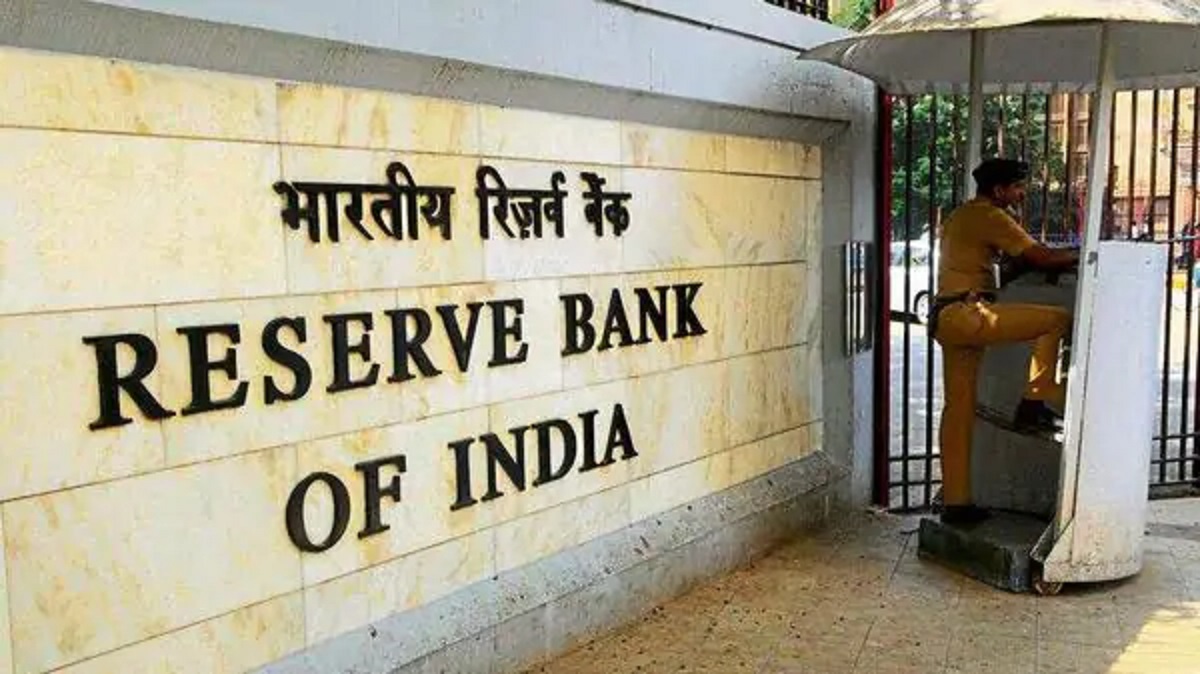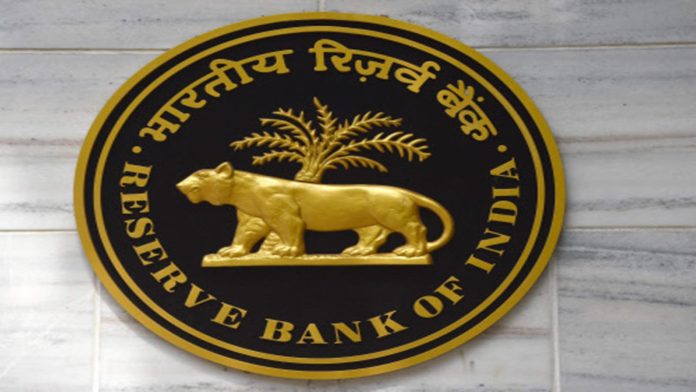- As you are aware, the Indian Union Finance Ministry and the Reserve Bank of India (RBI) did a fabulous job in addressing the economic meltdown brought about by the pandemic first, and the ongoing conflict between Russia-Ukraine as well as Israel-Hamas. The fiscal prudence displayed by the authorities went a long way in not only ensuring the Indian economy stays afloat but also adequately sails through turbulent waters. The results are there for all to see since the Indian economy has persistently shown growth trends despite encountering challenging geopolitical and geostrategic situations. Here, due credit should accrue to the fiscal management measures undertaken with lots of forethought and foresight.

PC: BW Businessworld
- The moot point to ponder over here is whether the prevalent fiscal situation has eased for the RBI to revisit the policy rates that would benefit the common citizens. Note that the last time RBI’s monetary policy committee increased its policy rate (repo) was in February last year. Since then, it’s been stuck at 6%. The economy in the meantime has seen two positive trends, growth has trended upwards while the inflation rate is moderating. Thus, it raises the question of whether the MPC needs to reconsider its stance on interest rates when it meets next week. Mind you, RBI’s main mandate is to keep inflation within the target set by the Union Government. Thankfully, it’s in a comfortable position now.
- As per the current month’s bulletin, the central bank has forecast that the average inflation rate in 2024-25 will be 4.4% and GDP will expand at 7.4%. So, RBI’s view is inflation will moderate even as GDP expands at a relatively fast pace. Notably, India’s GDP data presents the policymakers with two challenges. Supply in the economy is measured by gross value added (GVA). The growth rate of GVA indicates what’s happening to producers. This measure has moved in a direction at odds with the better-than-expected GDP growth. In the first three quarters of 2023-24, the GVA growth rate decreased to a record 6.5% in the Oct-Dec period. GDP, during the same period, trended upwards. Separately, private consumption growth has remained weak.

PC: Mint
- Further, the RBI’s analysis of inflation shows that it’s largely been supply-side factors that contributed to inflation in the last two years. MPC commentary indicates the committee remains wary of food price shocks pushing inflation. Food price surges in the recent past have largely been caused by perishables with relatively short production cycles. There’s nothing RBI can do about that. What does matter is that these surges haven’t led to the overall inflation remaining sticky at levels beyond RBI’s mandated level of tolerance. Moreover, RBI expects the overall inflation rate to head southwards in the next year. As such, a rate cut now will benefit India’s producers and consumers. The time is ripe to begin the process of lowering policy interest rates.






